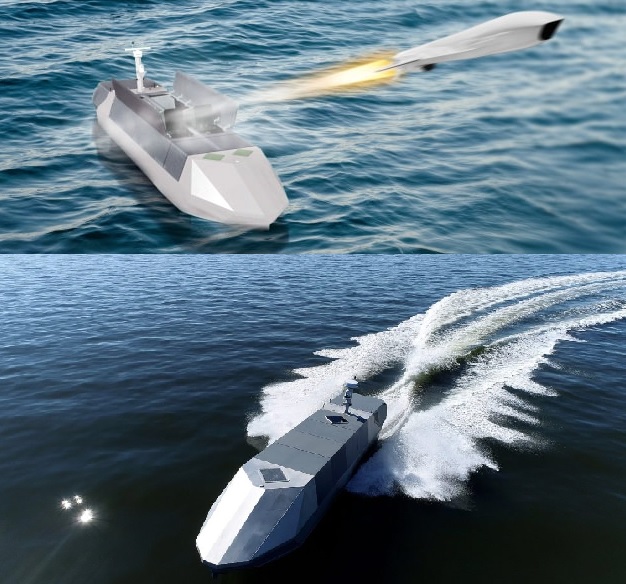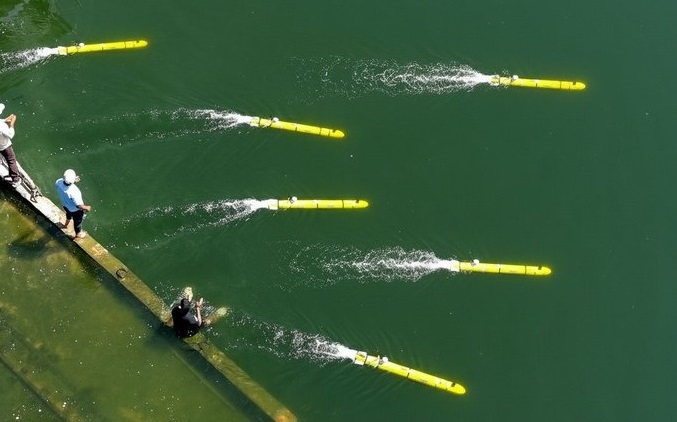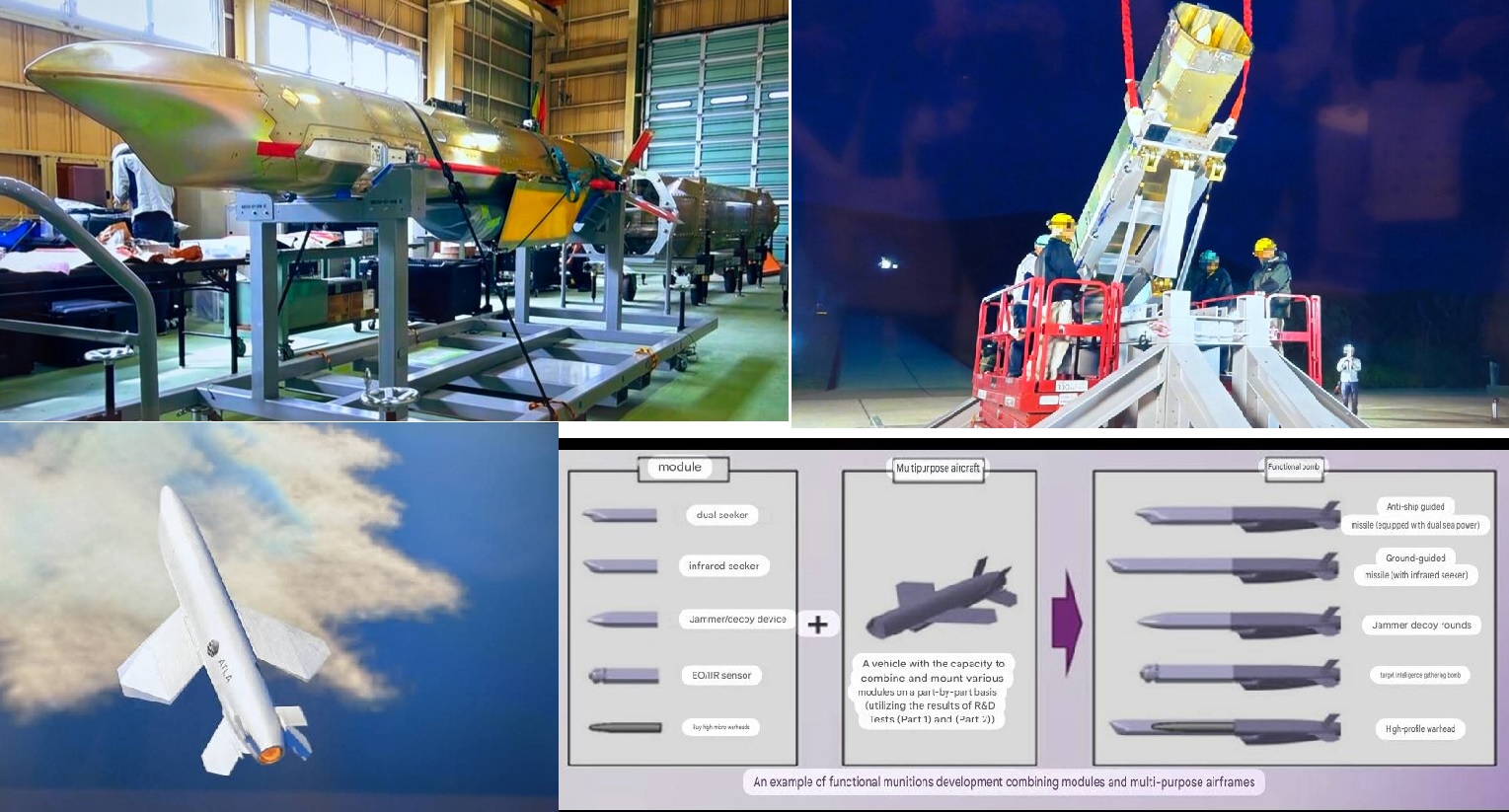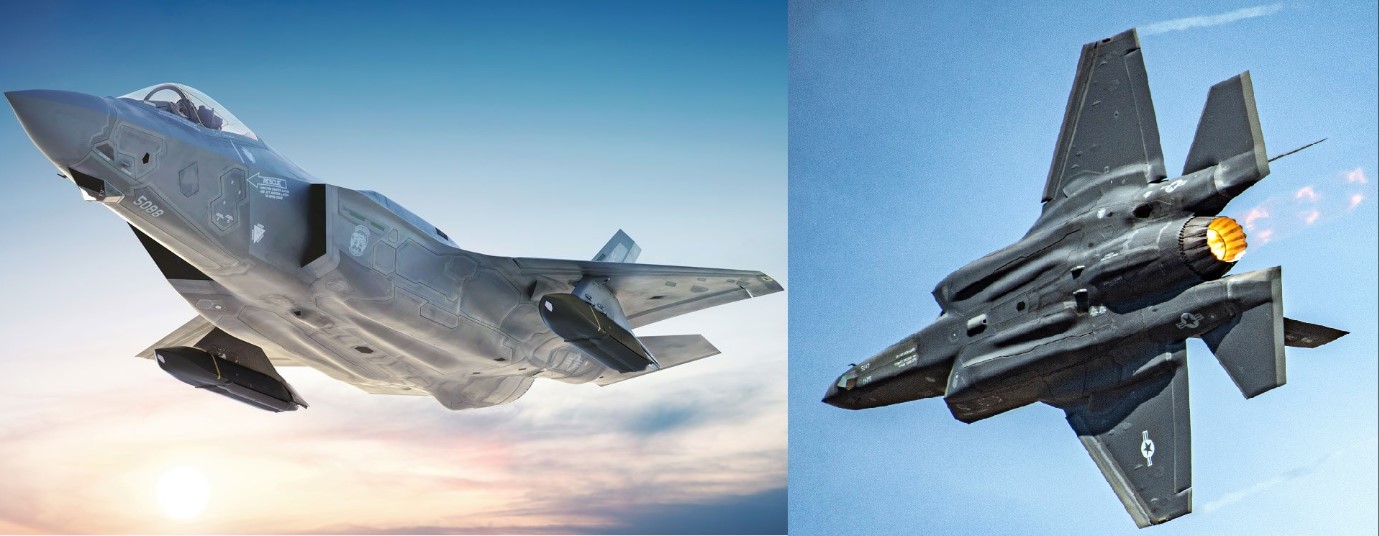Germany Plans to Increase Military Support for Ukraine to Over €11.5 Billion in 2026
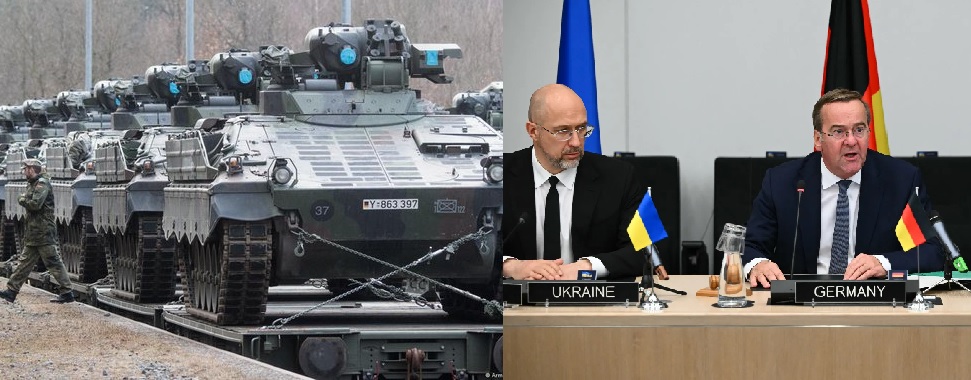
The German government is set to dramatically increase its military and defense assistance to Ukraine, raising total support to more than €11.5 billion in 2026. The move underscores Berlin’s determination to remain one of Kyiv’s strongest European backers as Russia’s full-scale invasion nears its fourth year.
According to senior officials, the additional €3 billion will be directed toward strengthening Ukraine’s combat capabilities, including artillery systems, drones, armored vehicles, and the replacement of two Patriot air defense systems already supplied to Kyiv. The plan will be reviewed by the Bundestag’s Budget Committee on Thursday, when lawmakers meet to finalize Germany’s 2026 federal budget.
If approved, the increase will push Germany’s total defense and stabilization support for Ukraine next year to record levels — marking one of the largest military aid packages from any European country.
Germany’s Total Aid to Ukraine So Far
Since the start of Russia’s full-scale invasion in February 2022, Germany has become the second-largest global donor to Ukraine, after the United States.
-
Total German aid (2022–2025): Over €40 billion, combining military, humanitarian, and financial support.
-
Military aid alone: Around €28 billion in commitments, including €17 billion in direct deliveries and €11 billion in future contracts and procurement programs.
-
Humanitarian & economic aid: About €12 billion, covering refugee support, infrastructure repair, and energy security.
In terms of military assistance, Germany has supplied some of the most advanced Western weapons systems currently in Ukrainian service — often serving as a model for other NATO nations to follow.
Germany’s Military Aid Package: What Has Been Delivered
Germany’s military support to Ukraine includes a wide range of modern Western weaponry, armored vehicles, and air defense systems, many of which have played a central role in protecting Ukrainian cities and bolstering front-line forces.
Key systems and weapons provided include:
-
Leopard 2A6 Main Battle Tanks (18 units delivered)
-
Marder Infantry Fighting Vehicles (60+)
-
Gepard Self-Propelled Anti-Aircraft Guns (50+)
-
IRIS-T SLM/SLS Air Defense Systems (five systems delivered and more in production)
-
Patriot Air Defense Batteries (two delivered, replacements now planned)
-
Panzerhaubitze 2000 Self-Propelled Howitzers (over 20 units)
-
Bridge-laying and recovery vehicles, ammunition trucks, and engineering systems
-
Reconnaissance and attack drones, plus ongoing drone development and training support
-
Millions of rounds of ammunition, including 155 mm shells
-
Winter uniforms, medical kits, and logistics vehicles for sustained operations
These contributions have made Germany a key pillar of Europe’s collective defense effort for Ukraine. According to the Kiel Institute for the World Economy, Germany’s aid commitments now account for roughly one-fifth of total EU and NATO support.
Strategic Significance
The new €11.5 billion allocation will not only replenish the weapons already transferred to Kyiv but also fund new procurement for 2026–2027. A portion will go toward industrial replenishment, ensuring that German defense companies such as Rheinmetall, Krauss-Maffei Wegmann, and Diehl Defence can sustain deliveries without depleting Bundeswehr stockpiles.
The budget increase is part of Berlin’s long-term “Zeitenwende” (turning point) strategy — a historic shift in German defense and foreign policy announced after the 2022 invasion. Under this doctrine, Germany has committed to strengthening its armed forces, boosting NATO contributions, and ensuring that Ukraine remains capable of defending its sovereignty.
Defense Minister Boris Pistorius described the increase as “a sign of reliability and leadership.” He emphasized that “Ukraine’s defense is Europe’s defense — our security depends on their resilience.”
Political and Financial Context
Germany’s federal government, led by Chancellor Friedrich Merz, is under pressure to balance domestic fiscal discipline with growing defense obligations. The proposed increase for Ukraine aid comes amid budget negotiations constrained by constitutional debt limits.
Still, the government insists that continued support is essential. Finance Ministry officials argue that failing to assist Ukraine would “endanger European stability and invite further aggression.”
The Bundestag’s Budget Committee is expected to approve the draft before the end of the week, after which the measure will move to a full parliamentary vote in December.
Ukraine’s Response
Ukrainian officials have welcomed Germany’s planned increase, calling it a “lifeline” for maintaining air defense and mobility on the front. Kyiv has specifically requested additional Patriot systems, ammunition, and armored mobility vehicles to prepare for intensified Russian attacks during winter.
If finalized, Germany’s €11.5 billion package will make it the largest European defense contributor to Ukraine in 2026, ahead of the UK, France, and Poland.
As the war drags on, Berlin’s continued leadership sends a powerful message — both to Kyiv and to Moscow — that Europe remains committed to Ukraine’s defense for the long haul.
Germany’s expanded package marks not just another budget decision, but a defining moment in Europe’s response to one of the most consequential conflicts of the 21st century.
✍️ This article is written by the team of The Defense News.
